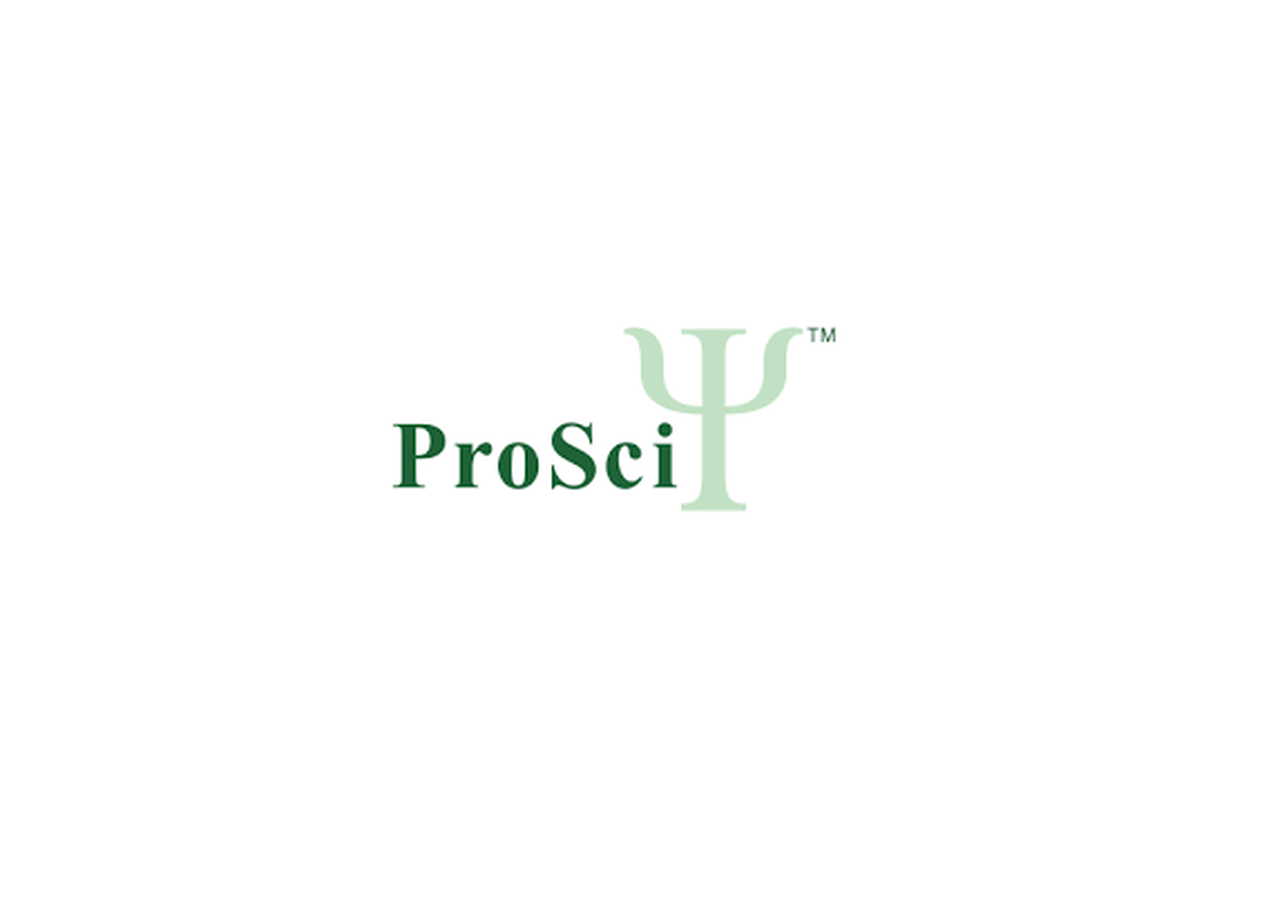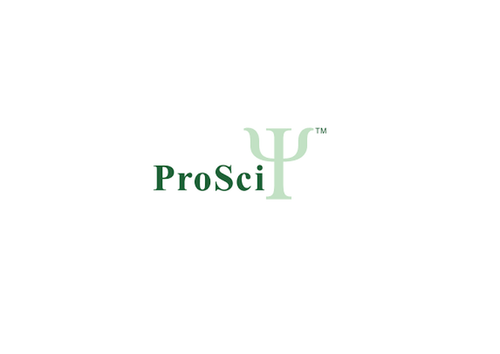Product Description
ENPP2 Antibody | 61-553 | ProSci
Host: Rabbit
Reactivity: Human
Homology: Predicted species reactivity based on immunogen sequence: Bovine
Immunogen: This ENPP2 antibody is generated from rabbits immunized with a KLH conjugated synthetic peptide between 401-430 amino acids from the Central region of human ENPP2.
Research Area: Cancer, Obesity, Neuroscience, Signal Transduction
Tested Application: WB, IHC-P, Flow
Application: For WB starting dilution is: 1:1000
For IHC-P starting dilution is: 1:10~50
For FACS starting dilution is: 1:10~50
Specificiy: N/A
Positive Control 1: N/A
Positive Control 2: N/A
Positive Control 3: N/A
Positive Control 4: N/A
Positive Control 5: N/A
Positive Control 6: N/A
Molecular Weight: 99 kDa
Validation: N/A
Isoform: N/A
Purification: This antibody is prepared by Saturated Ammonium Sulfate (SAS) precipitation followed by dialysis
Clonality: Polyclonal
Clone: N/A
Isotype: Rabbit Ig
Conjugate: Unconjugated
Physical State: Liquid
Buffer: Supplied in PBS with 0.09% (W/V) sodium azide.
Concentration: batch dependent
Storage Condition: Store at 4˚C for three months and -20˚C, stable for up to one year. As with all antibodies care should be taken to avoid repeated freeze thaw cycles. Antibodies should not be exposed to prolonged high temperatures.
Alternate Name: Ectonucleotide pyrophosphatase/phosphodiesterase family member 2, E-NPP 2, Autotaxin, Extracellular lysophospholipase D, LysoPLD, ENPP2, ATX, PDNP2
User Note: Optimal dilutions for each application to be determined by the researcher.
BACKGROUND: ENPP2 functions as both a phosphodiesterase, which cleaves phosphodiester bonds at the 5' end of oligonucleotides, and a phospholipase, which catalyzes production of lysophosphatidic acid (LPA) in extracellular fluids. LPA evokes growth factor-like responses including stimulation of cell proliferation and chemotaxis. This protein stimulates the motility of tumor cells and has angiogenic properties, and its expression is upregulated in several kinds of carcinomas. This protein is secreted and further processed to make the biologically active form.
 Euro
Euro
 USD
USD
 British Pound
British Pound
 NULL
NULL















![ENPP2 Antibody (Center) [APR07713G] ENPP2 Antibody (Center) [APR07713G]](https://cdn11.bigcommerce.com/s-452hpg8iuh/images/stencil/500x659/products/866809/1158876/logo__92149.1659788186__74231.1659863380.png?c=2)
